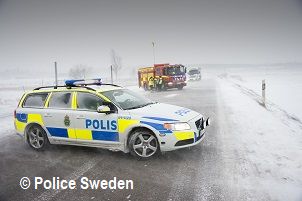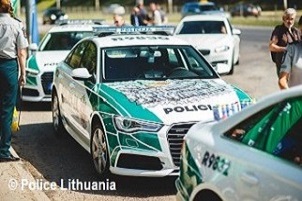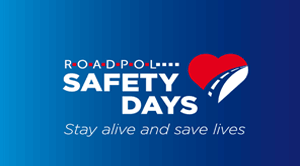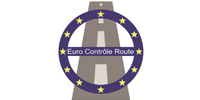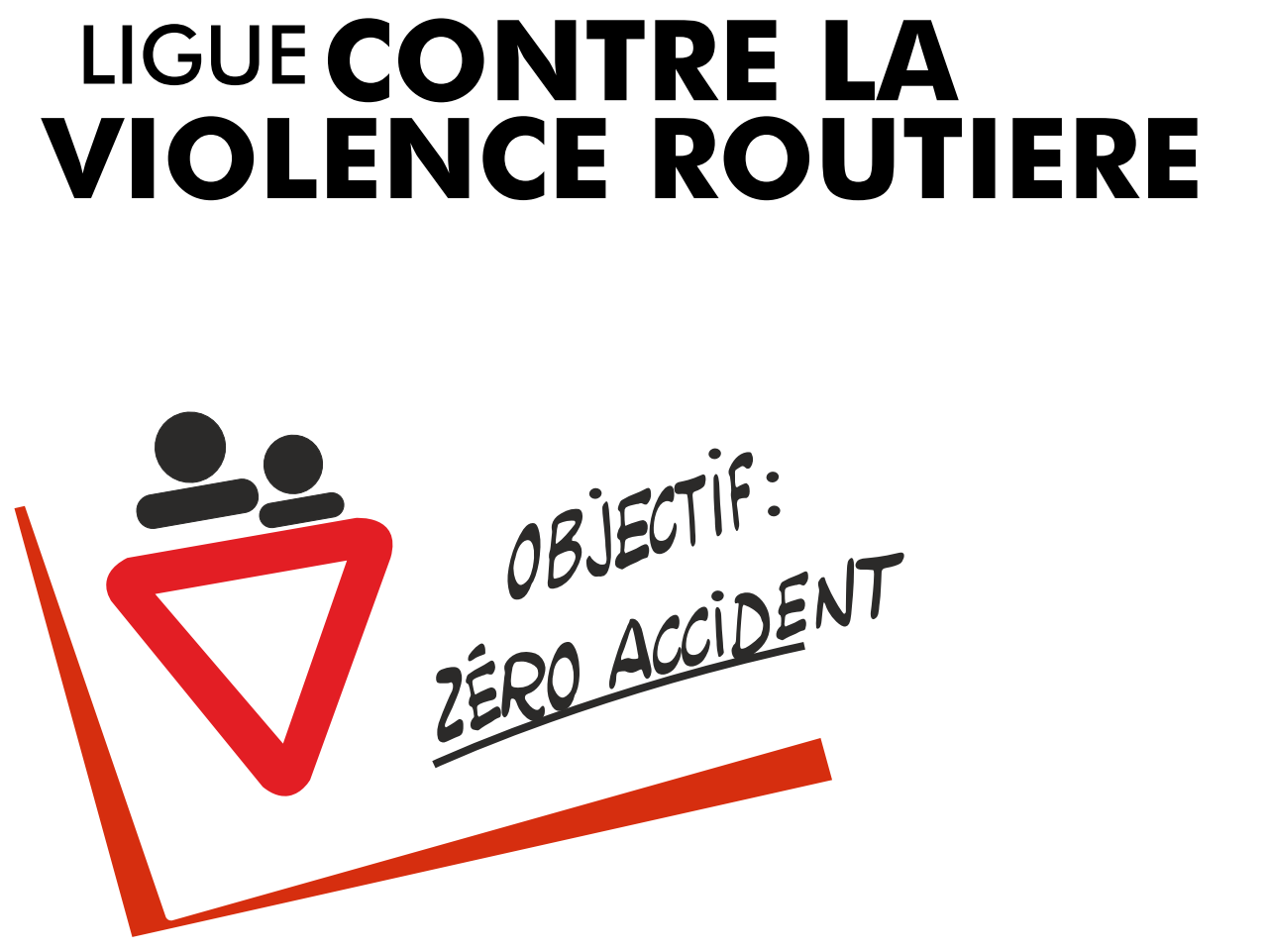Self-driving Cars To Remain Exotic Until 2035
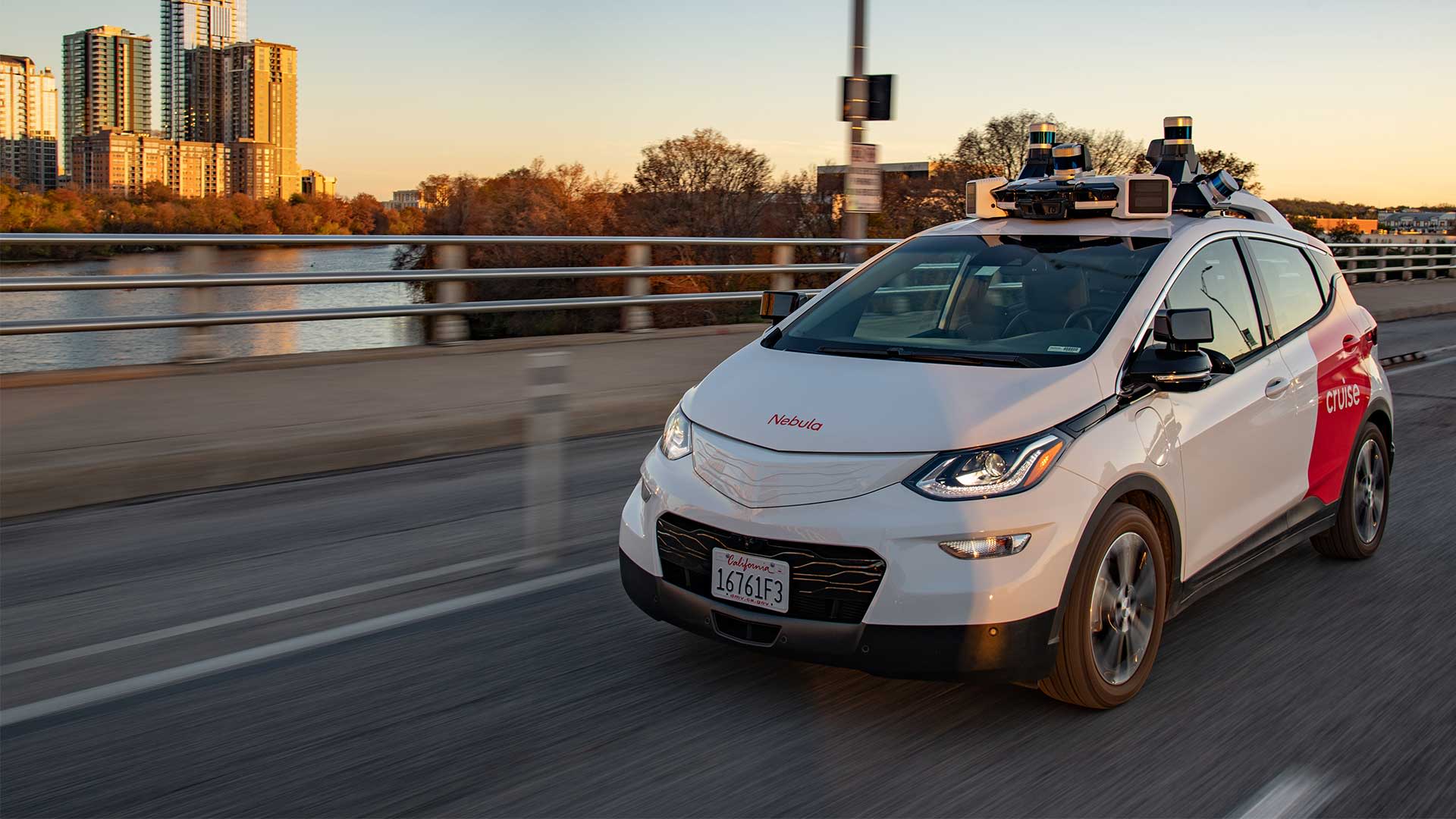 Despite some incidents Cruise self-driving taxis keep moving around the streets of San Francisco. PHOTO: GETCRUISE.COM23 OCT - Self-driving cars are unlikely to be widely used at least until 2035 according to an analysis by consulting company "Standard and Poor's Global" (S&P Global).
Despite some incidents Cruise self-driving taxis keep moving around the streets of San Francisco. PHOTO: GETCRUISE.COM23 OCT - Self-driving cars are unlikely to be widely used at least until 2035 according to an analysis by consulting company "Standard and Poor's Global" (S&P Global).
It is unlikely that people will soon start buying cars "that will go anywhere without being driven by a driver", says the report.
Popularity
However, it points out that "autonomous vehicles will probably still find their place under the sun". Technology company Google has been testing self-driving cars since 2015, but this sector of the auto industry has been slow to develop. "The serious problems facing this new technology are the reason why mass production is stuck in first gear. The main challenge is the significant difficulties faced by the technical experts in the development of autonomous car control systems in "complex and unpredictable driver-driven vehicle traffic," notes Standard & Poor's Global. "Most consumers will not initially trust autonomous vehicles. The numerous sensors and cameras, the high-tech computer systems that autonomous cars are equipped with, as well as the chips that control them, are expensive and will not get cheaper anytime soon. This puts off potential buyers, who wish to own a personal self-driving car. However, this problem does not apply to companies that plan to use the self-driving cars for taxi services or for the ride-sharing service," say analysts from the consulting company.
Sector
"The use of autonomous cars as robotic taxis seems entirely real, even in the short term. This is possible in well-mapped areas where self-driving taxi cars have undergone extensive trials, experts in the technology sector note. In June 2022 the "Cruise" company was granted permission to provide taxi services with robotic cars in the American metropolis of San Francisco. Cruise is owned by the car giant General Motors and Waymo, a division of Alphabet, the company that owns Google. "Cruise" uses modified "Chevrolet Bolt" electric cars, which have no steering wheel and pedals and are self- driven.
Incidents
However, these innovative taxis have been the cause of several incidents in recent months as reported by US media. In one of them a robotic "Cruise" taxi collided with a truck of a local fire department. A passenger in the self-driving taxi was injured in the crash which happened at a San Francisco intersection in August. In another incident in August Cruise's autonomous taxi car got stuck in concrete that had just been poured on a San Francisco street. The section under repair was surrounded by special construction cones and workers were standing next to them holding signal flags, but the signals were not recognized by the e-car. Days earlier the company's self-driving taxis stopped for no apparent reason in the middle of several busy San Francisco streets and blocked traffic for about 15 minutes. Against this backdrop San Francisco officials have called on Cruise to cut the number of robotic taxis in the city by half. Now during the day 50 self-driving cars move around the city while their number at night is 150.
 Amazon has great expectations for Zoox. PHOTO: ZOOX.COMTests
Amazon has great expectations for Zoox. PHOTO: ZOOX.COMTests
For its part, the American company "Zoox", which is owned by the giant in the online trade "Amazon" (Amazon), is also conducting tests in the US of a self-driving robotic taxi. Up to four passengers can travel in it. During the tests the robotic vehicle developed a maximum speed of up to 56 km/h. Trials are taking place on the boulevards and streets of Las Vegas, the San Francisco area and Seattle. "The self-driving car obeyed traffic light signals and turned left or right when route required it," Zooks reported. Self-driving cars are envisioned to serve a regular line for transporting company employees. Zoox's more significant goal, however, is to roll out robotic taxis in some US cities.
Future
Despite incidents by Cruise's self-driving taxis in San Francisco more companies are moving toward developments related to the technology, experts say. "By the middle of the next decade, there will be more robotic taxis allowed to drive in certain areas. There will be more personal cars that will have self-driving systems installed on them. They will be equipped with security systems, but their overall management will still require at least some level of driver involvement," S&P Global report predicts.


